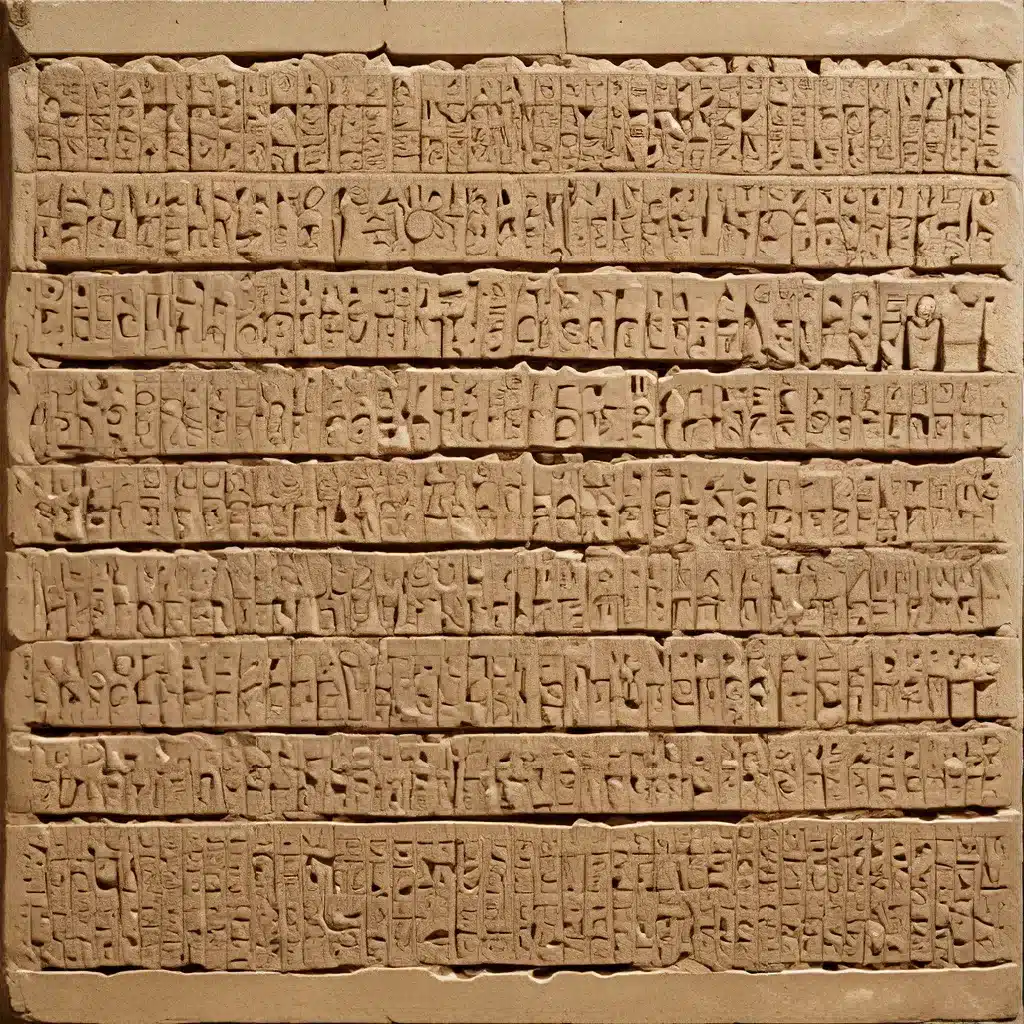
In the vast tapestry of human history, countless ancient civilizations have left behind tantalizing clues of their existence, hidden within the enigmatic inscriptions and scripts that have defied translation for centuries. Among these mysteries, the Kushan script stands out as a prime example of a writing system that has long puzzled linguists and archaeologists alike.
Unlocking the Secrets of the Kushan Empire
The Kushan Empire was a powerful Eurasian dynasty that flourished between the 1st and 3rd centuries AD, spanning across regions that now encompass Central Asia and parts of modern-day India and Pakistan. This expansive empire was home to a diverse range of cultures and languages, and the discovery of its unique script has been a source of intrigue for researchers.
Recent breakthroughs in the decipherment of the Kushan script have shed new light on this elusive writing system, providing insights into the linguistic and cultural heritage of the Kushan people. By comparing the Kushan inscriptions with those in the ancient language of Bactrian, researchers have made significant progress in unraveling the mysteries of this forgotten script.
Uncovering the Kushan Language
The Kushan script was used to record a previously unknown Middle Iranian language, which the researchers have proposed to call Eteo-Tocharian. This language likely developed as a blend of the Bactrian language and another ancient tongue known as Khotanese Saka, which was spoken in the western regions of ancient China.
The discovery of bilingual inscriptions, featuring both the Kushan script and the known Bactrian language, has been instrumental in the decipherment process. By using these parallel texts, researchers have been able to gradually decipher the Kushan script, one character at a time, revealing the underlying meaning and phonetic values of the individual symbols.
Piecing Together the Kushan Legacy
The Kushan Empire was a complex and influential civilization, with a rich cultural heritage that extended far beyond its political boundaries. The recent decipherment of the Kushan script has opened up new avenues for understanding the linguistic diversity and administrative practices of this ancient empire.
Through the analysis of the Kushan inscriptions, researchers have uncovered evidence of the empire’s administrative structure, including references to the Kushan emperors and their titles. This valuable information helps to shed light on the power dynamics and governance of the Kushan realm, further enhancing our understanding of this enigmatic civilization.
Deciphering Ancient Scripts: A Challenging Pursuit
The quest to decipher ancient writing systems is not limited to the Kushan script alone. Across the globe, numerous undeciphered writing systems continue to baffle researchers, each with its own unique set of challenges and intrigues.
These forgotten scripts span diverse civilizations, from the Mesoamerican glyphic scripts to the mysterious Indus Valley script, and even include more recent examples, such as the Codex Seraphinianus, a baffling work of art that appears to be a script but defies translation.
The Challenges of Decipherment
The difficulty in deciphering these ancient writing systems can arise from a variety of factors, including:
- Lack of linguistic descendants: Many of these languages have no known descendants, making it challenging to establish connections and draw inferences about their phonetic values and grammatical structure.
- Insufficient examples: In some cases, the scarcity of available texts and inscriptions limits the data available for researchers to analyze and decipher.
- Uncertainty about the nature of the writing system: Some researchers debate whether certain forms of proto-writing actually constitute a true writing system or are merely symbolic representations.
Despite these obstacles, researchers continue to push the boundaries of our understanding, employing innovative techniques and interdisciplinary approaches to unlock the secrets of these ancient scripts.
Unlocking the Mysteries of the Past
The decipherment of ancient writing systems is not merely an academic exercise; it is a crucial step in unraveling the rich tapestry of human history. By decoding these forgotten scripts, researchers can gain unprecedented insights into the cultural, social, and political structures of long-vanished civilizations, opening new avenues for understanding the past and its lasting impact on the present.
The Lost Kingdoms website is dedicated to exploring the mysteries of ancient cultures and the latest archaeological discoveries that are transforming our understanding of the distant past. Through in-depth analysis, engaging narratives, and expert insights, we invite you to embark on a journey of discovery, where the secrets of the past come to life and the boundaries of our knowledge are continually expanded.
As we continue to delve into the enigmatic inscriptions and scripts of the ancient world, the potential for groundbreaking discoveries remains vast. Each deciphered text holds the promise of revealing the untold stories of long-forgotten civilizations, enriching our understanding of the human experience and inspiring us to uncover the hidden gems of our shared heritage.


